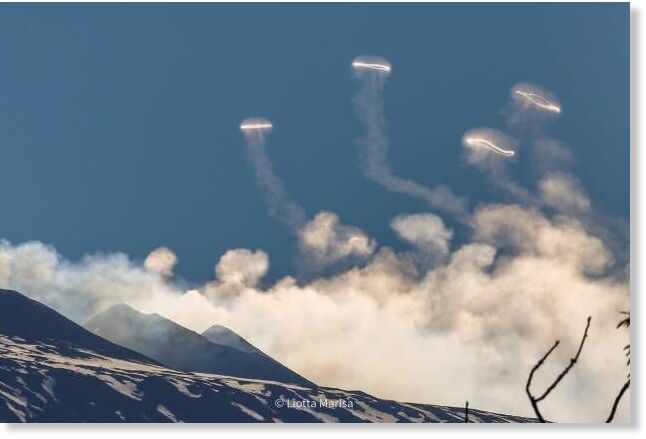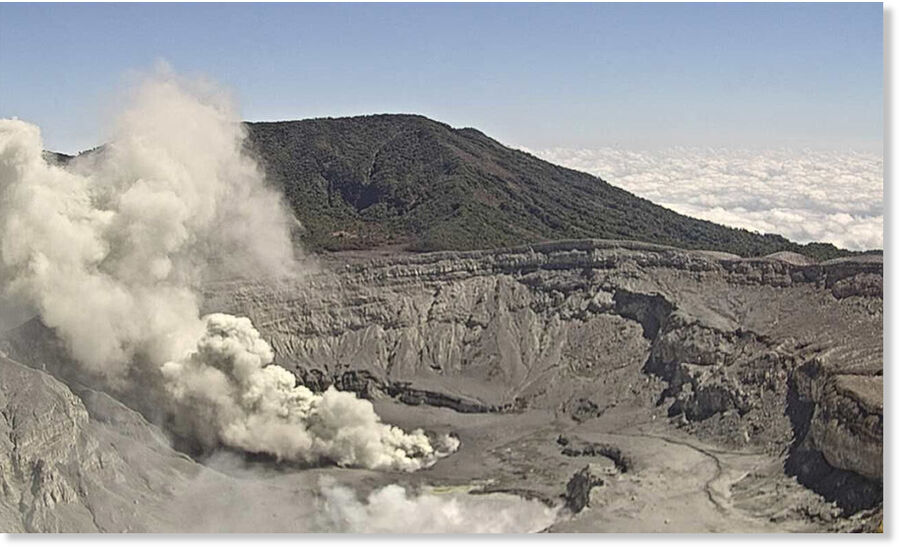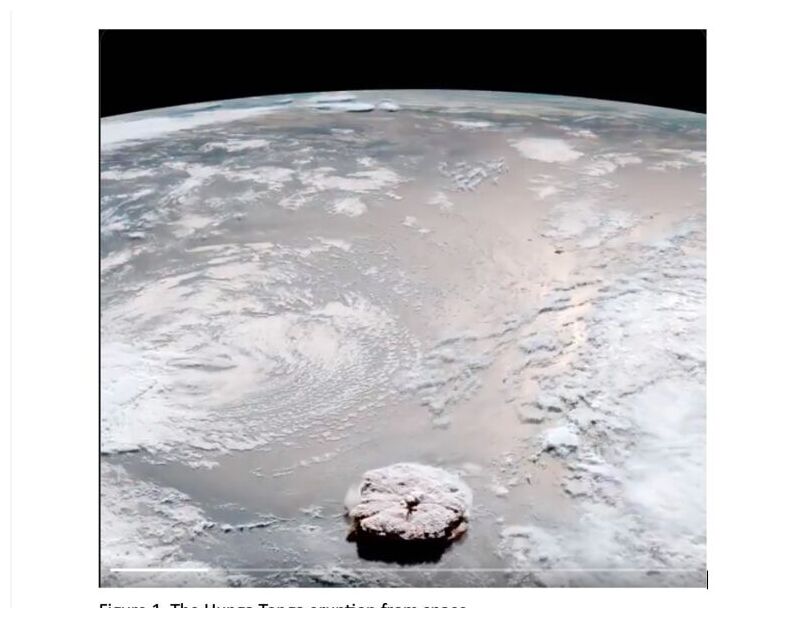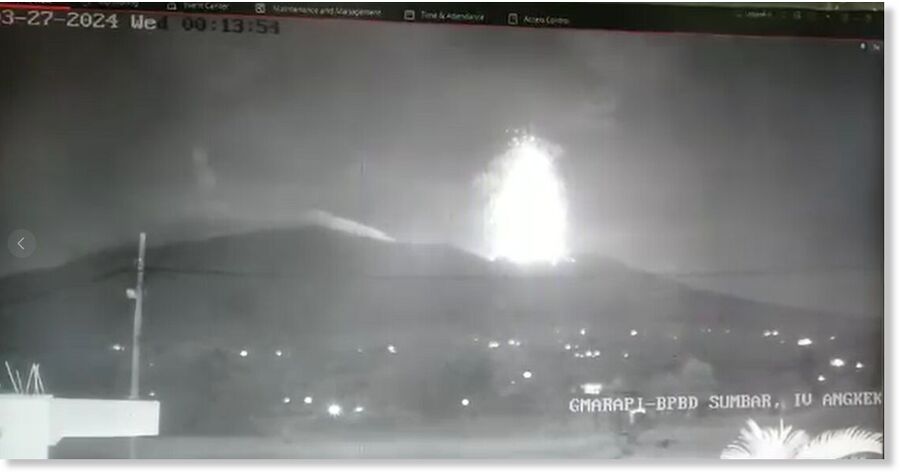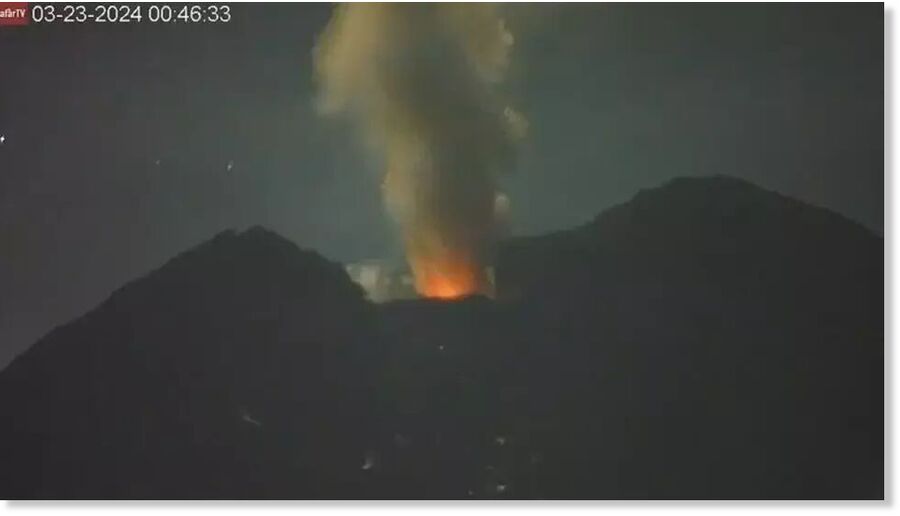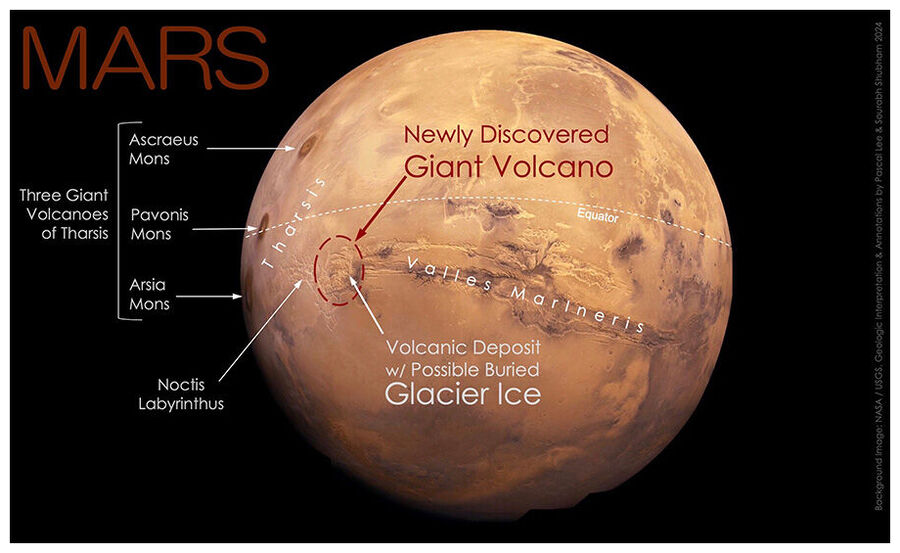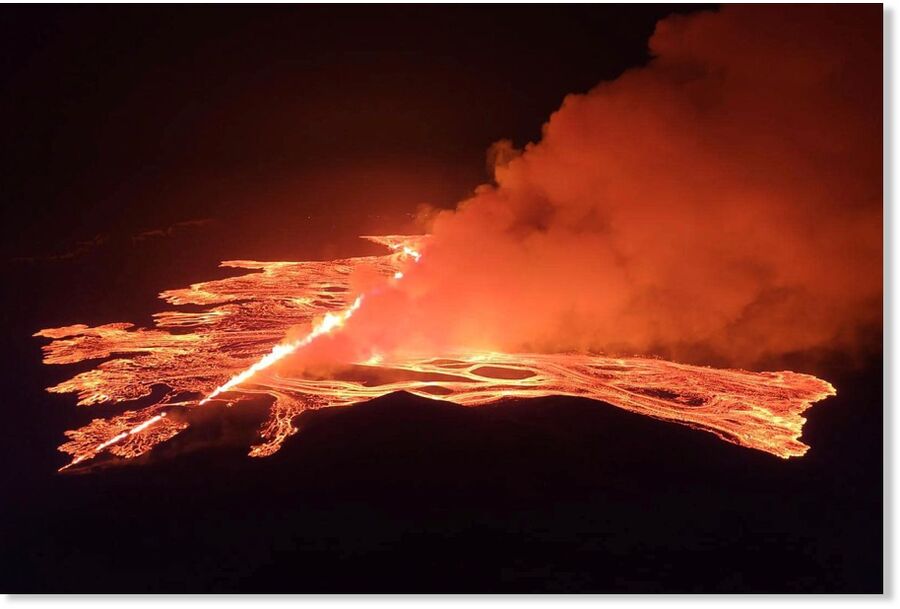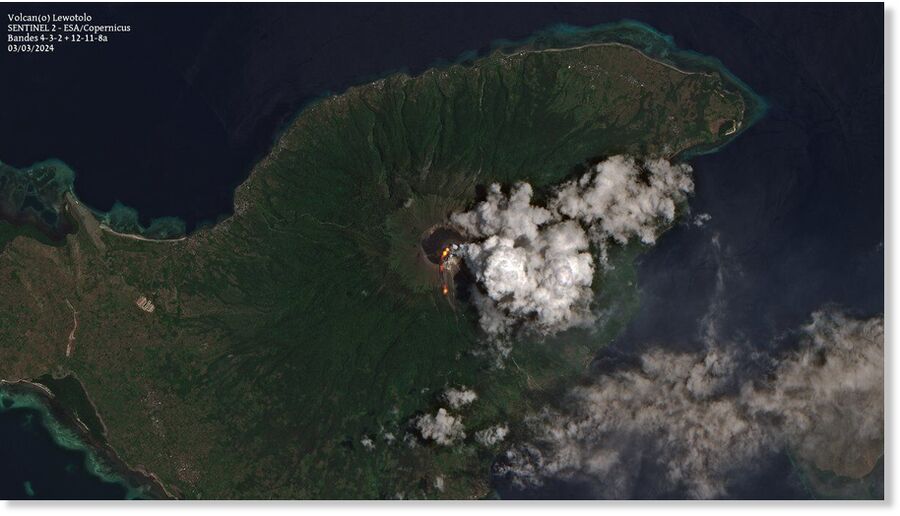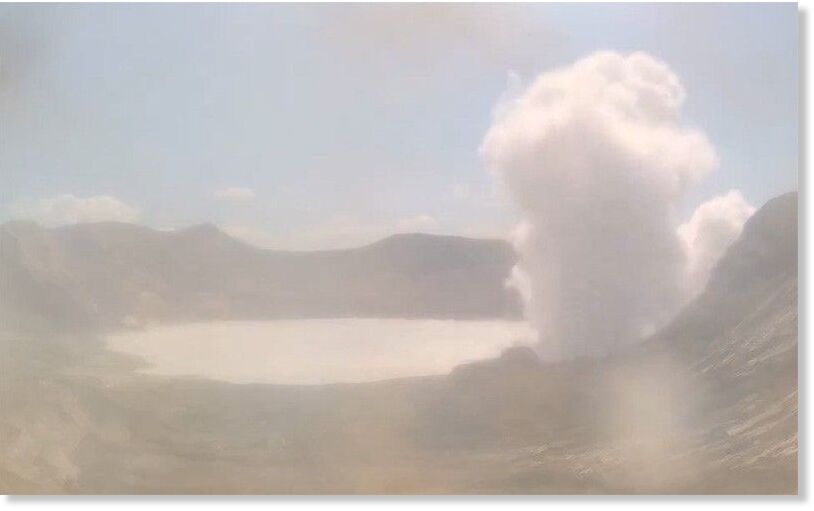
In its latest bulletin, Phivolcs reported that between 12 a.m. Friday and 12 a.m. Saturday, Taal experienced five phreatic eruptions, with one event lasting for 13 minutes.
A phreatic eruption, according to Phivolcs, is a steam-driven explosion that occurs when water, either below the ground or on the surface, is heated by magma, lava, hot rocks, or fresh volcanic deposits.
During the same monitoring period, a total of fifteen volcanic earthquakes, including six volcanic tremors, with durations ranging from two to four minutes each, were recorded.
Plumes reaching heights of up to 2,400 meters were observed drifting southwest and northwest.
